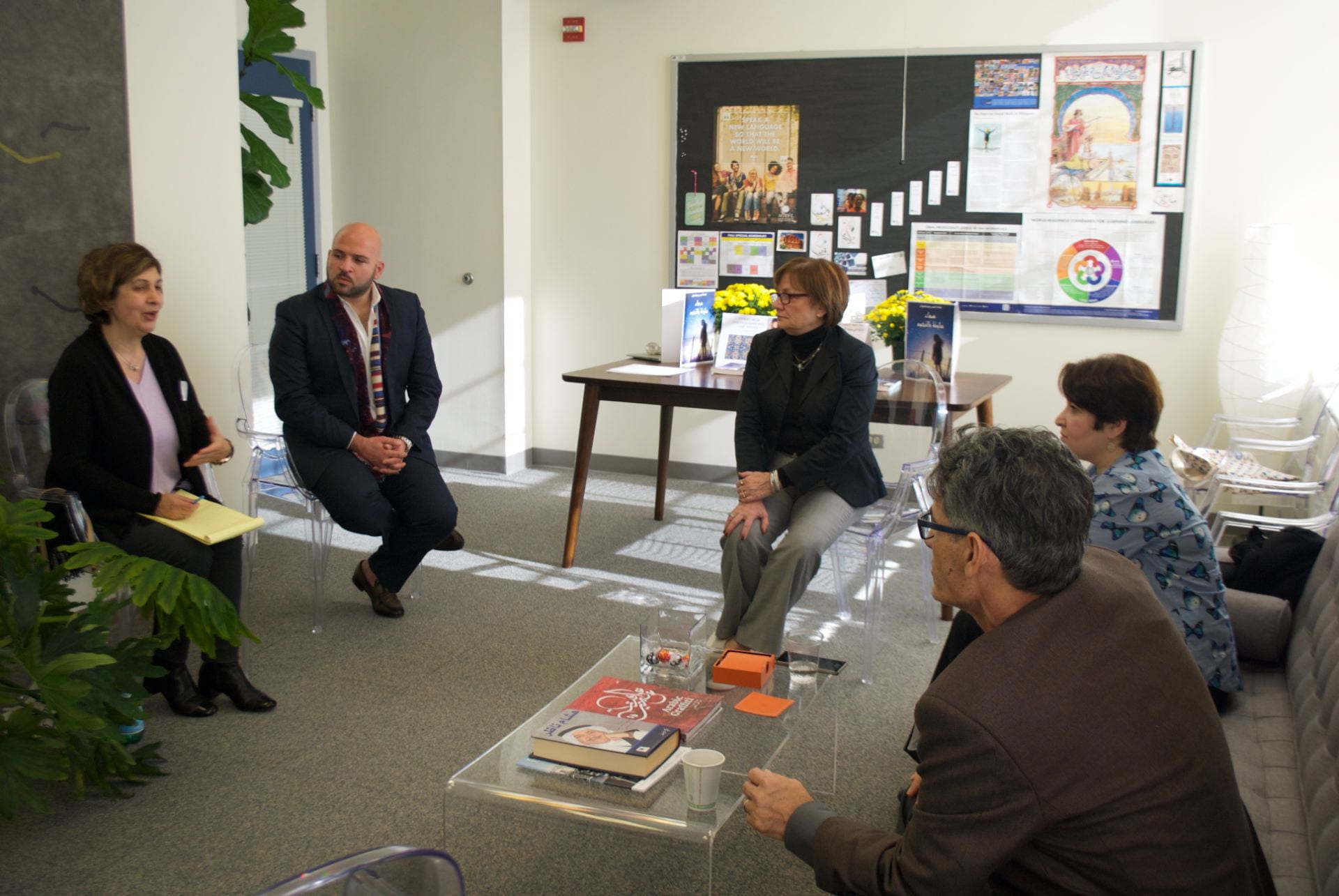There comes a time when every instructor finds that for her/him to advance their role in the pedagogical process, they need horizons that are wider than the four walls of their classroom. Expanding horizons is of course but a metaphor and it does not mean that one ought to leave teaching behind; quite the contrary, this newly sought role ultimately aims at bringing the benefits back into the classroom.
Teacher leadership is the way to achieve this expansion which it is by no means a new concept. However, it is perhaps more widely used in the contest of K-12 teaching, despite the fact that it applies to teaching and instruction of all types. According to (Charlotte Danielson, 2006, p.13) teacher leadership, refers to “that set of skills demonstrated by teachers who continue to teach students but also have an influence that extends beyond their own classrooms to others within their own school and elsewhere. It entails mobilizing and energizing others with the goal of improving the school’s performance of its critical responsibilities related to teaching and learning”. the National Education Association Teacher Leadership Exploratory Consortium mentions seven domains of teacher leadership.
Domain 1: Fostering a collaborative culture to support educator development and student learning. Domain 2: Accessing and using research to improve practice and student learning.
Domain 3: Promoting professional learning for continuous improvement.
Domain 4: Facilitating improvements in instruction and student learning.
Domain 5: Promoting the use of assessments and data for school and district improvement.
Domain 6: Improving outreach and collaboration with families and community.
Domain 7: Advocating for student learning and the profession.
It is easy to see how each domain can benefit instructors, learners, institutes and families. Even though a couple of paragraphs above I wrote that teacher leadership is not restricted to any specific type of instruction, I could argue that for language educators this role might have a unique stasis and an urgent need. This need and that status stem from the fact that a role of leadership gives instructors “a voice in what happens in their profession—without leaving the classroom” (Arne Duncan,2014). The nature of language teaching, and the role of the facilitator that language instructors plays, necessitates the presence of that guiding voice. Often, language educators find that they need a clear vision and strong sense of direction as they navigate between the world whose language they teach and that of their learners. teacher leadership can help clear that vision and sharpen that sense.
From a personal perspective, I found the opportunity that I received in the Leadership Initiative with the New York Arabic Language Teachers Council, both informative and insightful. It allowed me to collaborate with fellow Arabic language instructors and add to their experiences by conducting workshops. It enabled me to contribute in facilitating instruction by offering webinars. And perhaps the one aspect that I learned the most is that it is an ongoing journey that has started but not been completed yet.
Consulted Resources:
Danielson, C. (2006). Teacher leadership that strengthens professional practice. ASCD.
Duncan, A. (2014, March 14). Teach to lead: Advancing teacher leadership. Remarks at the National Board on Professional Teaching Standards Teaching and Learning Conference. Retrieved from https://www.ed.gov/news/speeches/teach-lead-advancingteacher-leadership
Teacher Leadership Exploratory Consortium; https://tlstandards.weebly.com/

